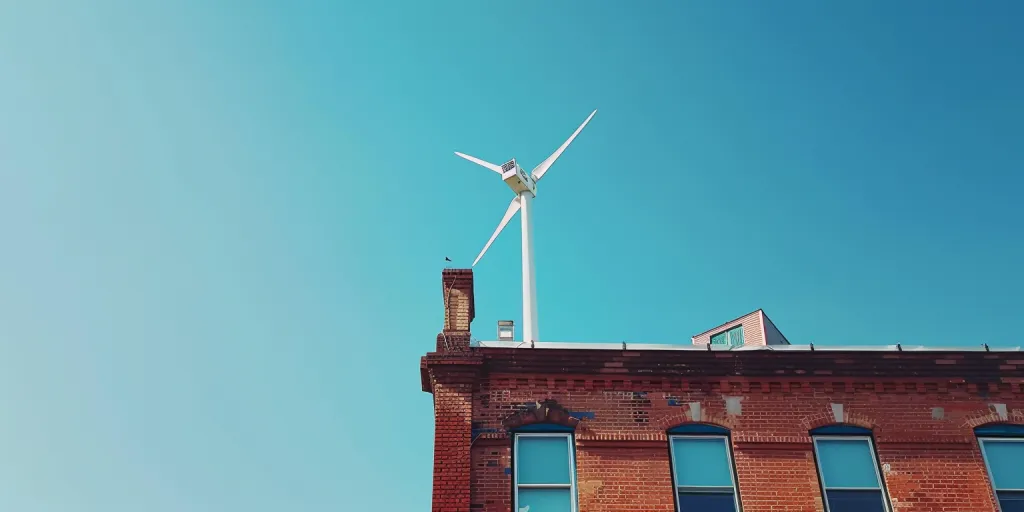In an era where sustainability is more than a buzzword, the quest for renewable energy sources has become a personal journey for many homeowners. Among the myriad of options, wind generators stand out as a beacon of hope for those looking to reduce their carbon footprint and achieve energy independence. This article delves deep into the world of home wind generators, breaking down their benefits, installation processes, costs, maintenance requirements, and potential environmental impacts. By weaving through these critical aspects, we aim to equip you with the knowledge needed to make an informed decision about integrating wind power into your home energy system.
Table of Contents:
– Understanding wind generators for home
– The installation process and what to expect
– Breaking down the costs: Investment vs. savings
– Maintenance essentials for longevity
– Environmental impact and benefits
Understanding wind generators for home
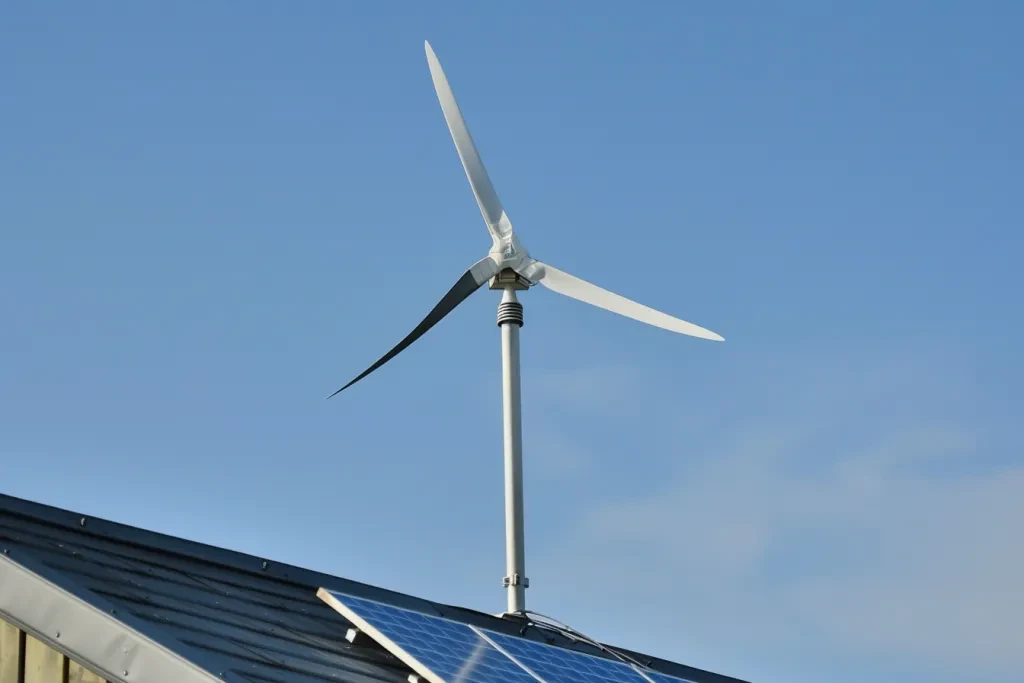
Wind generators, or turbines, harness the kinetic energy from wind and convert it into electrical power. For homeowners, this technology offers a path to generate their electricity, potentially reducing utility bills and increasing self-sufficiency. However, not all homes are suited for wind generators; key factors such as location, local wind speeds, and property size play pivotal roles in their viability. It’s crucial to conduct a thorough site assessment, ideally with the help of professionals, to determine if your home can effectively utilize a wind generator.
Moreover, technological advancements have significantly improved the efficiency and reduced the noise levels of modern wind turbines, making them more appealing for residential areas. Understanding the different types of wind generators, from horizontal-axis turbines to vertical-axis designs, is essential in choosing the right system for your home. Each type has its unique advantages and suitability based on specific conditions and requirements.
Lastly, it’s important to familiarize yourself with local regulations and permits required for installing a wind generator. Many regions have specific guidelines and zoning laws that must be adhered to, ensuring safe and compliant installations.
The installation process and what to expect
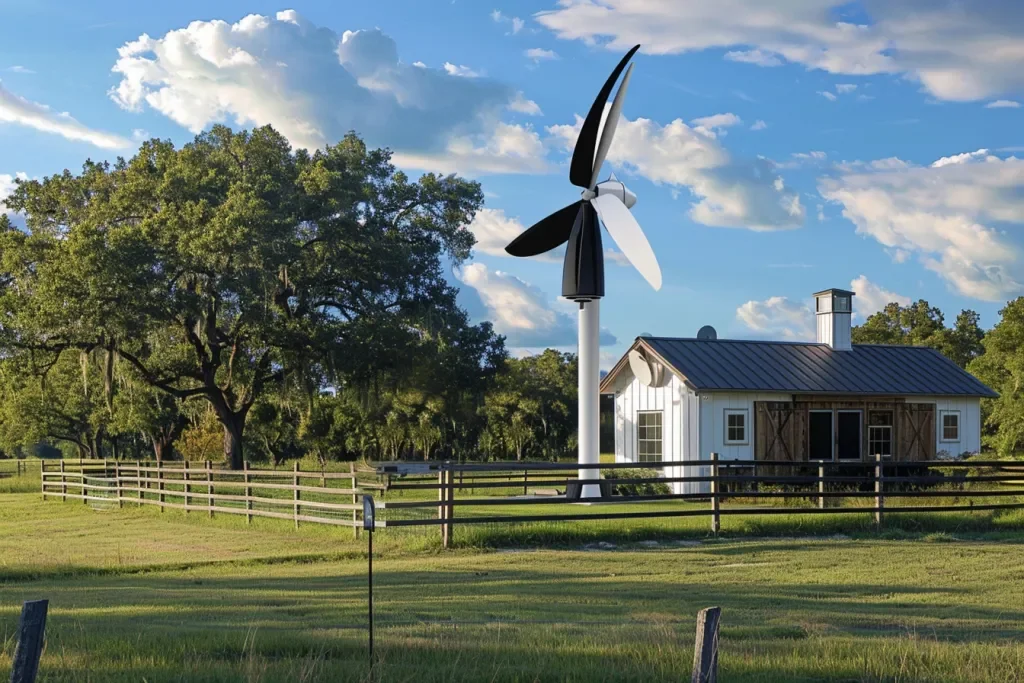
Embarking on the installation of a wind generator is a significant undertaking that requires careful planning and consideration. The process begins with obtaining the necessary permits, which can vary widely depending on your location. Engaging with local authorities early on can streamline this step and provide clarity on the requirements.
Choosing the right contractor is crucial; experience and expertise in wind generator installations are non-negotiable traits. A reputable contractor will not only guide you through the process but also conduct a detailed site evaluation to ascertain the best placement for the turbine, maximizing wind exposure and energy production.
The installation itself involves several key steps, including constructing a foundation, erecting the tower, installing the turbine, and integrating the system with your home’s electrical grid. Depending on the complexity of the project, this can take anywhere from a few days to several weeks. It’s essential to have realistic expectations and prepare for possible disruptions during this period.
Breaking down the costs: Investment vs. savings
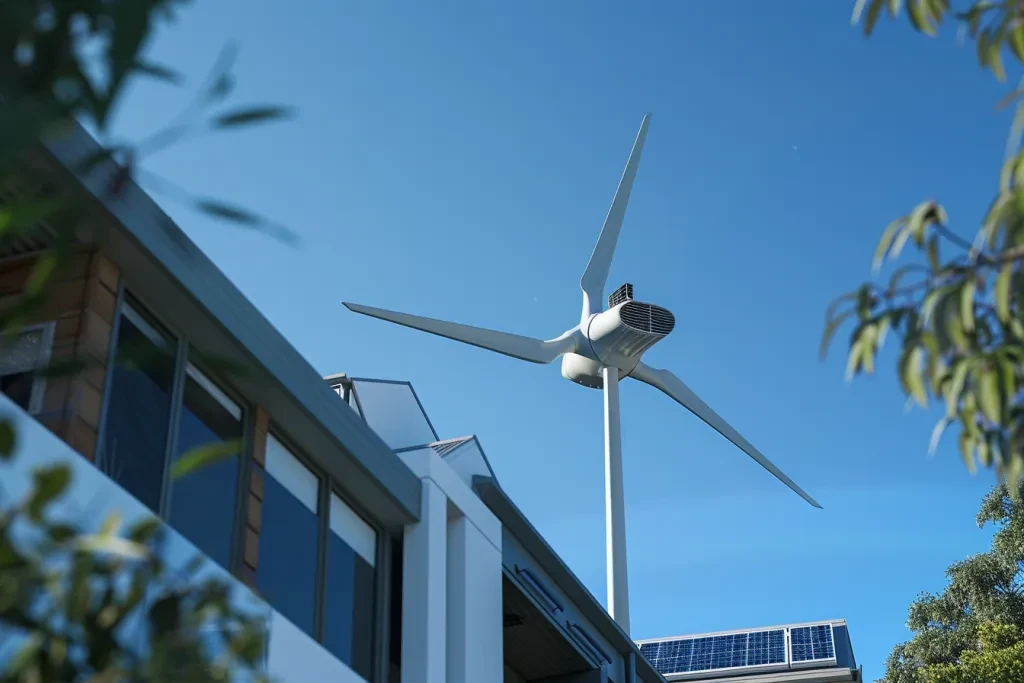
Investing in a wind generator for home use is a long-term commitment that comes with upfront costs, which can be substantial. The price tag includes the turbine itself, installation fees, permits, and potentially additional equipment such as inverters and storage batteries. While the initial investment may seem daunting, it’s important to consider the long-term savings on electricity bills, which can be significant depending on your local utility rates and wind resources.
Government incentives and rebates can play a vital role in offsetting the initial costs. Many countries offer financial support for renewable energy projects, including tax credits, grants, and feed-in tariffs for excess energy fed back into the grid. Researching and taking advantage of these incentives can greatly improve the economic feasibility of a wind generator.
Moreover, the payback period, which is the time it takes for the savings to cover the initial investment, varies widely but can be as short as 6 to 15 years. After this point, the electricity generated is essentially free, barring maintenance costs, providing financial benefits for years to come.
Maintenance essentials for longevity
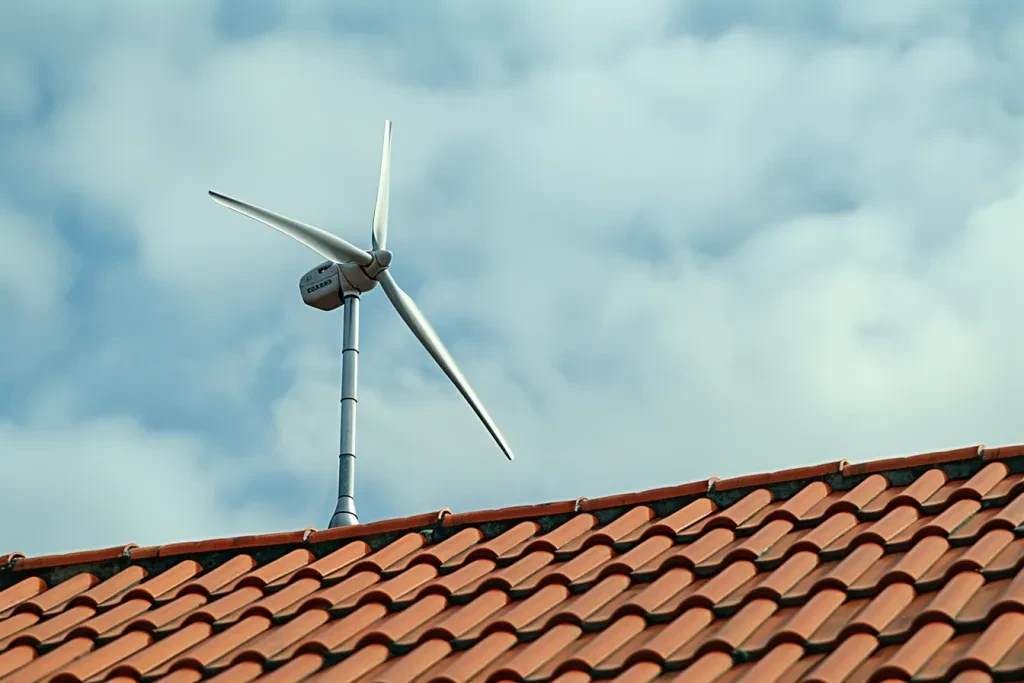
Maintaining a wind generator is critical to ensure its efficiency and longevity. Regular inspections can identify potential issues before they escalate into costly repairs. Key components such as blades, bearings, and electrical connections require periodic checks to ensure they are in optimal condition.
Fortunately, modern wind turbines are designed with durability in mind, requiring minimal maintenance. However, it’s advisable to have a professional service conducted annually, which can cover comprehensive checks and the lubrication of moving parts. Being proactive about maintenance not only extends the life of your turbine but also maximizes energy production and savings.
Environmental impact and benefits
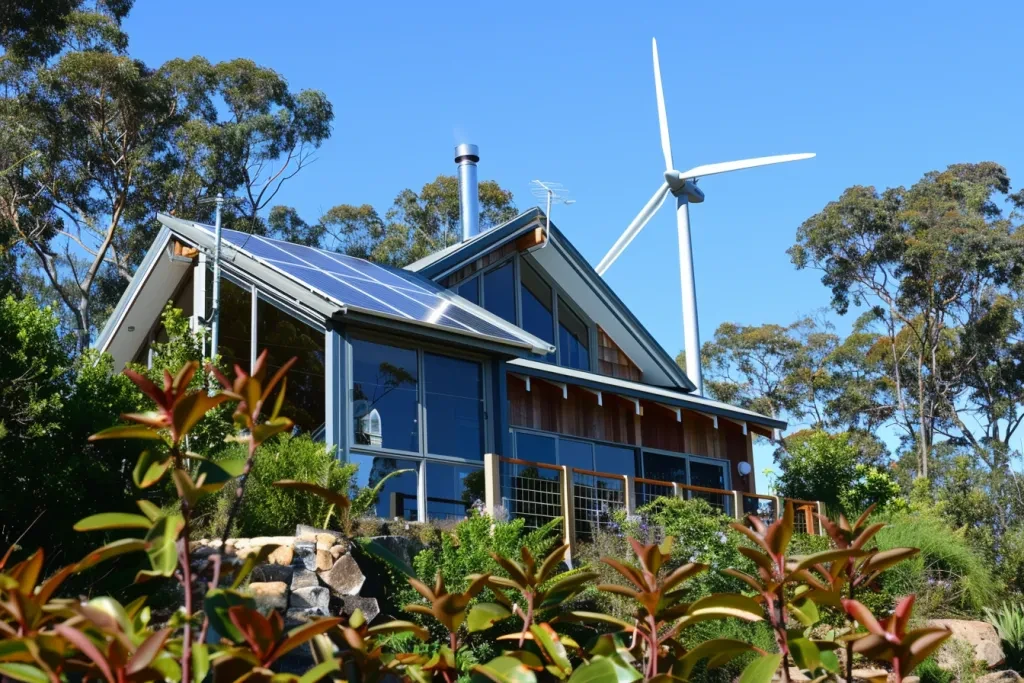
Adopting wind energy for home use has profound environmental benefits. Wind power is one of the cleanest and most sustainable energy sources, emitting no greenhouse gases during operation. By reducing reliance on fossil fuels, homeowners can significantly lower their carbon footprint, contributing to global efforts against climate change.
Furthermore, wind energy is inexhaustible, providing a reliable source of power without the environmental degradation associated with mining and drilling for non-renewable resources. The land use for wind turbines is minimal, especially when compared to the vast areas required for traditional power plants and mining operations.
In conclusion, transitioning to a wind generator for home use is a commendable step towards sustainable living. While the journey involves careful planning, investment, and maintenance, the benefits—ranging from financial savings to environmental preservation—are substantial. Embracing wind power not only secures a cleaner, more sustainable future for ourselves but also for generations to come.
